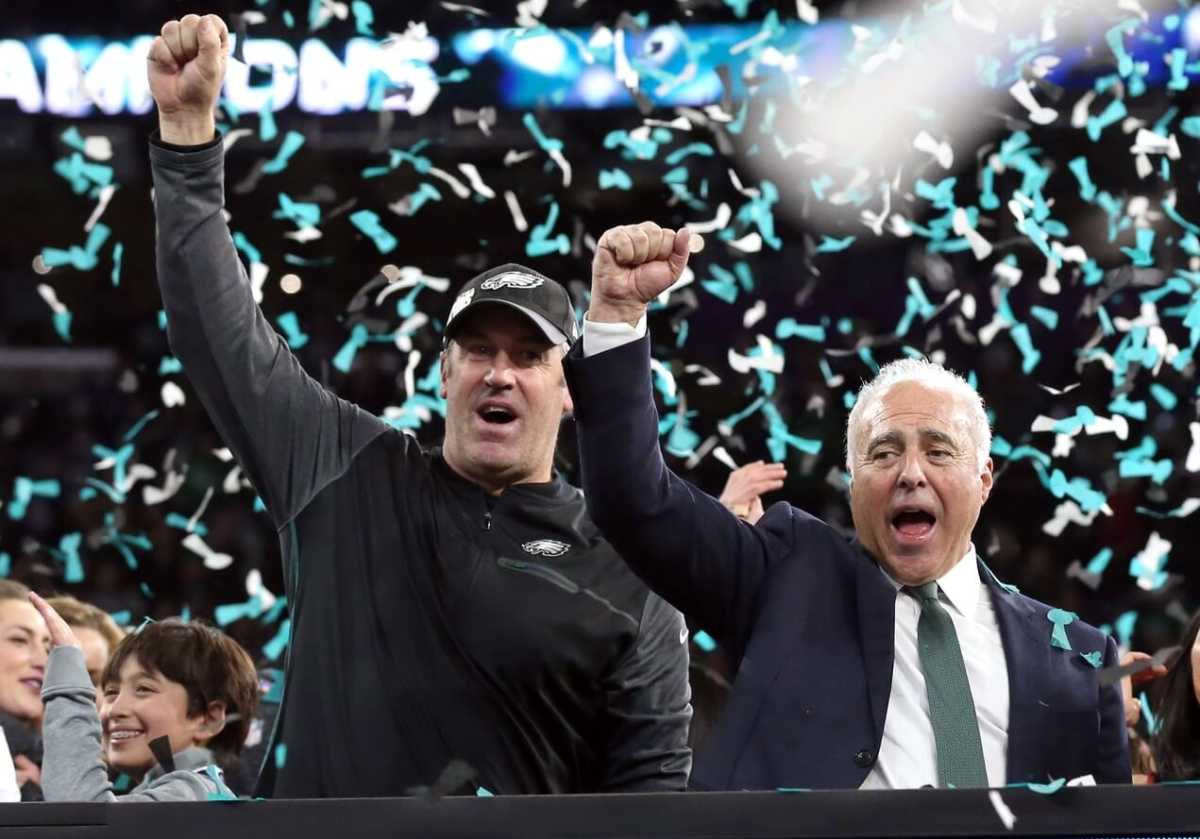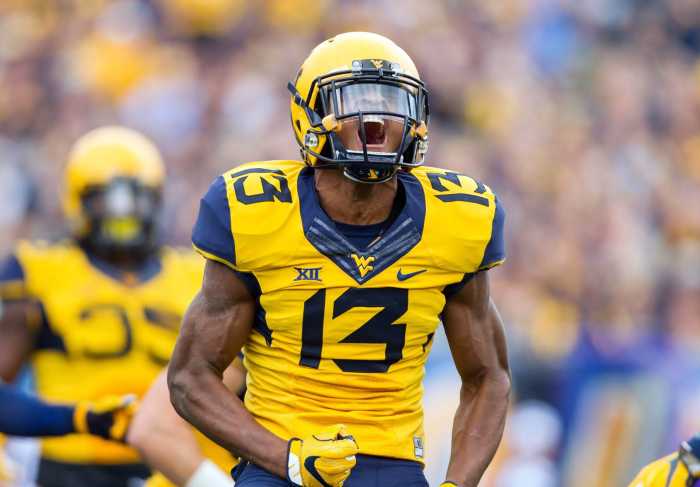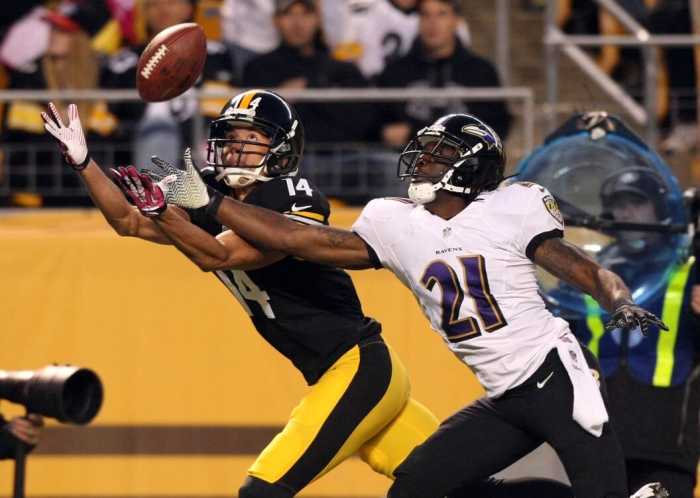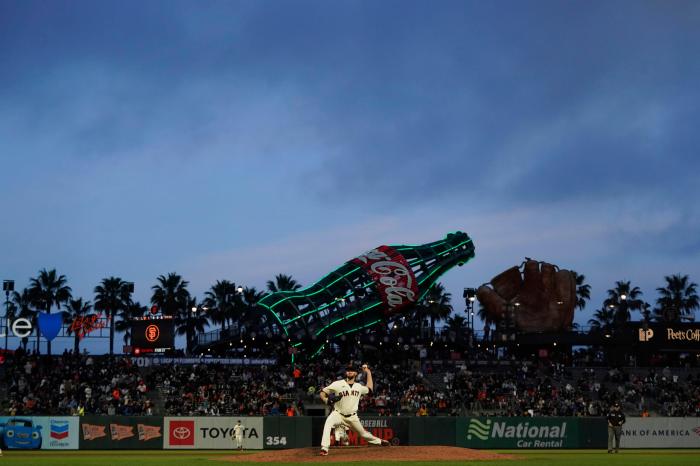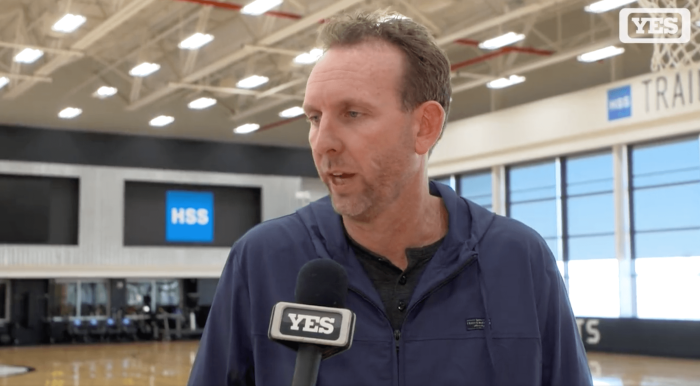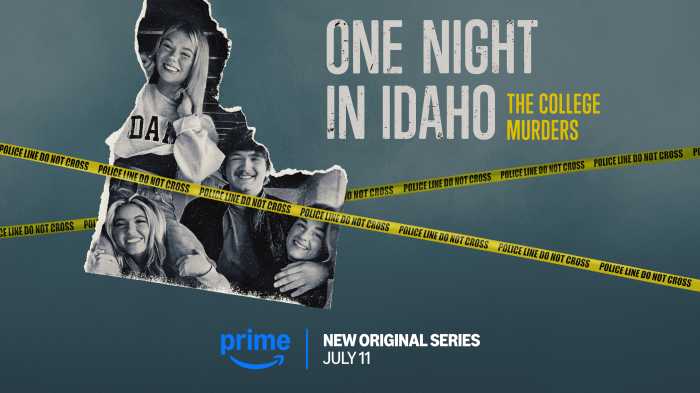There’s a popular saying when it comes to innovation. “It’s not about who did it first, it’s about who did it right.” When it comes to the Philadelphia Eagles, there may be no phrase more prevalent.
Back in 2013, the Eagles made a hire to desperately inject some offensive explosiveness into the franchise. Andy Reid was fired and in his place now stood former Oregon Ducks Head Coach, Chip Kelly. Kelly wad regarded as an offensive mastermind after defying just about every law imaginable when it came to production at the collegiate level. Would it translate to the NFL? That was the phrase on everyone’s lips and it didn’t take long for the answer to surface.
An offensive explosion against the Redskins in week one set the tone for the rest of the season, but it wasn’t until Nick Foles took the reins from an injured Michael Vick that the true power of the system would show. Foles would ascend to the Pro Bowl after a historic 27/2 TD/INT ratio, averaging 9.1 yards per pass and leading the league in passer rating.
Kelly’s offense was nearly unstoppable. Filled to the brim with RPO’s, screens and just about anything to force one single defender into a decision that dictates the entire play, Kelly was regarded as a genius. The Eagles made the playoffs in Kelly’s first season and everything seemed to be going smoothly. Concerns of offensive linemen being unable to keep up with the tempo of the offense diminished and the sheer speed in which the Eagles were scoring was frightening. But then 2014 happened.
Chip Kelly gained control of the roster and from there on out, the train wreck began. Kelly’s ego became his own worst enemy. Preaching sports science, analytics and execution, Kelly was not afraid to trade anyone that stood in his way. Franchise pieces, fan favorites and reliable starters were exiled while Kelly blew up the roster to rebuild it in order to fit his style of play. The problem was that this only caused more problems.
As the locker room slowly began to divide, the practice tempo picked up. Kelly was unwilling to hear any kind of criticism and as veteran linemen spoke out frequently of the workload being too much, sports science seemed to be the only answer.
Nick Foles regressed in 2014, largely due to half of what made the Eagles offense so dangerous being ripped from under his feet. Mark Sanchez filled in when injury struck, but the Eagles offense was still firing on all cylinders. The fractures in the locker room were often patched up with a win or a big performance giving Kelly a lifeline.
In his third and final serenade, Kelly did the unthinkable. A move that later fueled the acquisition of Carson Wentz, he traded Nick Foles to the Rams in exchange for Sam Bradford. By this point, the narrative wrote itself and while it took Bradford a while to heat up, he ended that season as the league’s most accurate quarterback and posted some impressive numbers.
The problem was that Kelly’s refusal to adapt began to stab him in the back. With two full years of film, defenses found it easier to communicate and key in on those predictable screen passes or outside runs. DeMarco Murray was drastically misused in one of the strangest lone season’s in Eagles history and the more Kelly denied that there was any kind of problem with the offense becoming predictable, the more defenses punished him.
Kelly was fired prior to the final week of the 2015 season and the team’s next hire would need a little something called ‘emotional intelligence’. Enter Doug Pederson. The former Chiefs offensive coordinator had blossomed in the Andy Reid coaching tree and brought with him the infamous West-Coast offense. But Pederson brought so much more to the table that went under the radar?
**GET FREE SHIPPING ON OFFICIAL EAGLES SUPER BOWL GEAR HERE**
Was he the most qualified for the job? It’s debatable, but with a long history of playing as a quarterback in the NFL, Pederson understood what it took to win. What it took to sustain a culture and how to overcome adversity. How some of the minds behind coaching greats worked and what made them so special. Pederson listened to his players. He takes advice, stays balanced and leans on his coordinators. What that resulted in, was a complete culture shift.
“I think it puts more of a responsibility on players than people actually think.” Former Eagles WR Jordan Matthews explained in an exclusive interview with Philly Sports Network last year. “When you have a coach who gives guys the ability to be open, it definitely helps 1) with the camaraderie and the team aspect because we’re on the same mission. It’s not like they’re trying to do their thing and we’re trying to do ours, we’re the same unit. 2) the accountability level for players goes up.
You’re not gonna go to coach and say “look, they’re playing Man every 3rd & 7 so you have to go with me with this route” because if you say that, you gotta go and make a play afterwards. So there’s that accountability aspect that’s added into it. If you’re a grown man and you say “throw me the ball”, you’ve gotta go and get it. There has to be a right time to say it, but I definitely appreciate that. When you have a coach who trusts his players, that’s huge in building a winning culture.”
That very mindset played a huge role in the Eagles playoff success. From plays ripped out of the NDSU playbook thanks to Carson Wentz, to those ripped from the High School of Nick Foles, Doug Pederson built a gameplan that was almost unstoppable. Surprisingly however, it bared many of the traits that made Kelly’s offense so dangerous to begin with. So why did it work?
“I’ve gone back and watched a lot of his tape here, [from when he was in] St. Louis, and when he was here before when I was here.” Pederson said on Nick Foles while the Eagles were rallying for their Super Bowl run. “I just wanted to go back and just see the types of plays. As you mentioned, the quick throw was there, a little play-action pass, the shotgun stuff.”
“Those are all things that are in our system. We might just have to dust a few more off and get that ready to go. But that’s kind of what this week is for: to get some of those ideas and thoughts down on paper and execute them this week in practice.”
The answer is simple. Pederson looked at what worked during the miraculous season that Nick Foles enjoyed under Chip Kelly and implemented it into his system. The difference was that those principles weren’t the core of the offense, meaning that defenses couldn’t simply key in on them. As opposed to basing every decision on analytics, Pederson balances his between gut instinct and statistical advantage. Instead of pounding the same plays over and over, Pederson extracts the successes of Kelly’s up-tempo offenses and blends them with what makes his multidimensional group so dangerous.
The RPO’s, the screens, the tempo. The second-year Head Coach has gracefully fused some of the league’s most explosive offensive ideas together. As defenses prepare for one, audibles make it easy for Nick Foles to switch out and attack another area off the field.
What Doug Pederson did was simply take ideas and concepts, intertwining them with his own, his players and his coaching staff. While Kelly’s ego fueled the entire offense, it’s Doug Pederson’s culture that has instead enabled this offense to run off of the team’s input. That alone is what makes this team so, so dangerous.
It’s not who did it first, it’s who did it right.
Mandatory Credit: Matthew Emmons-USA TODAY Sports

